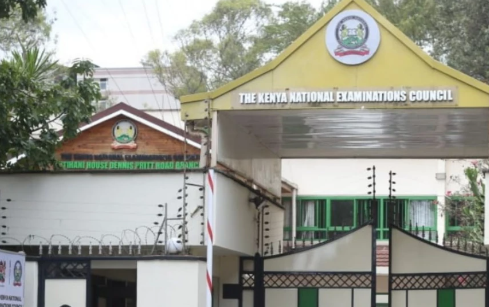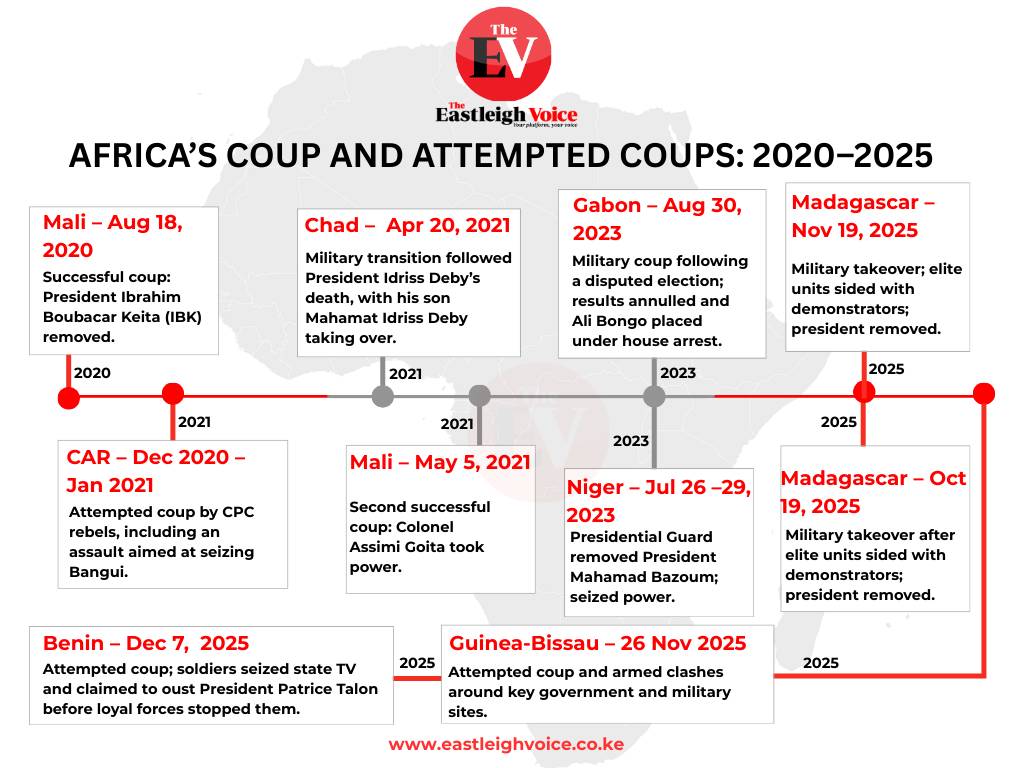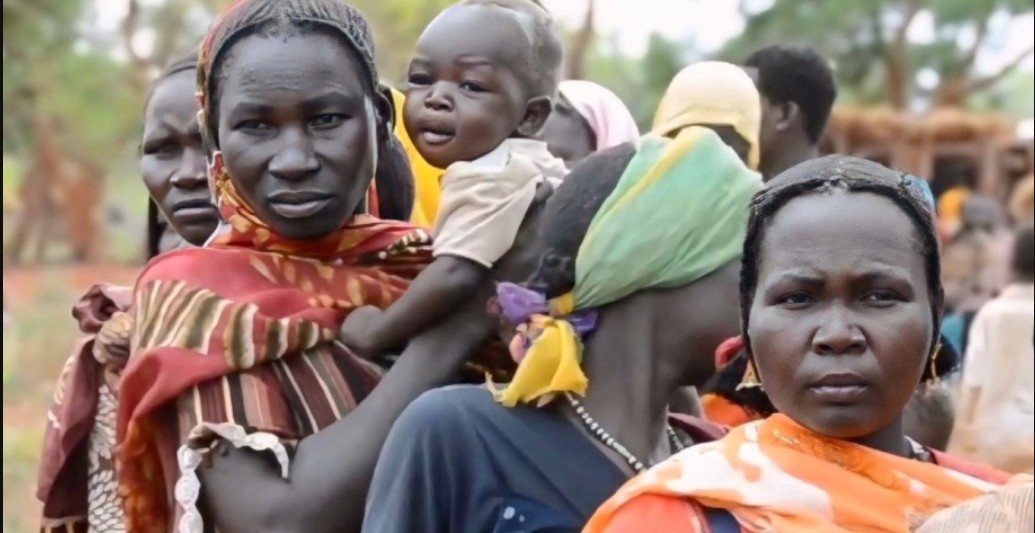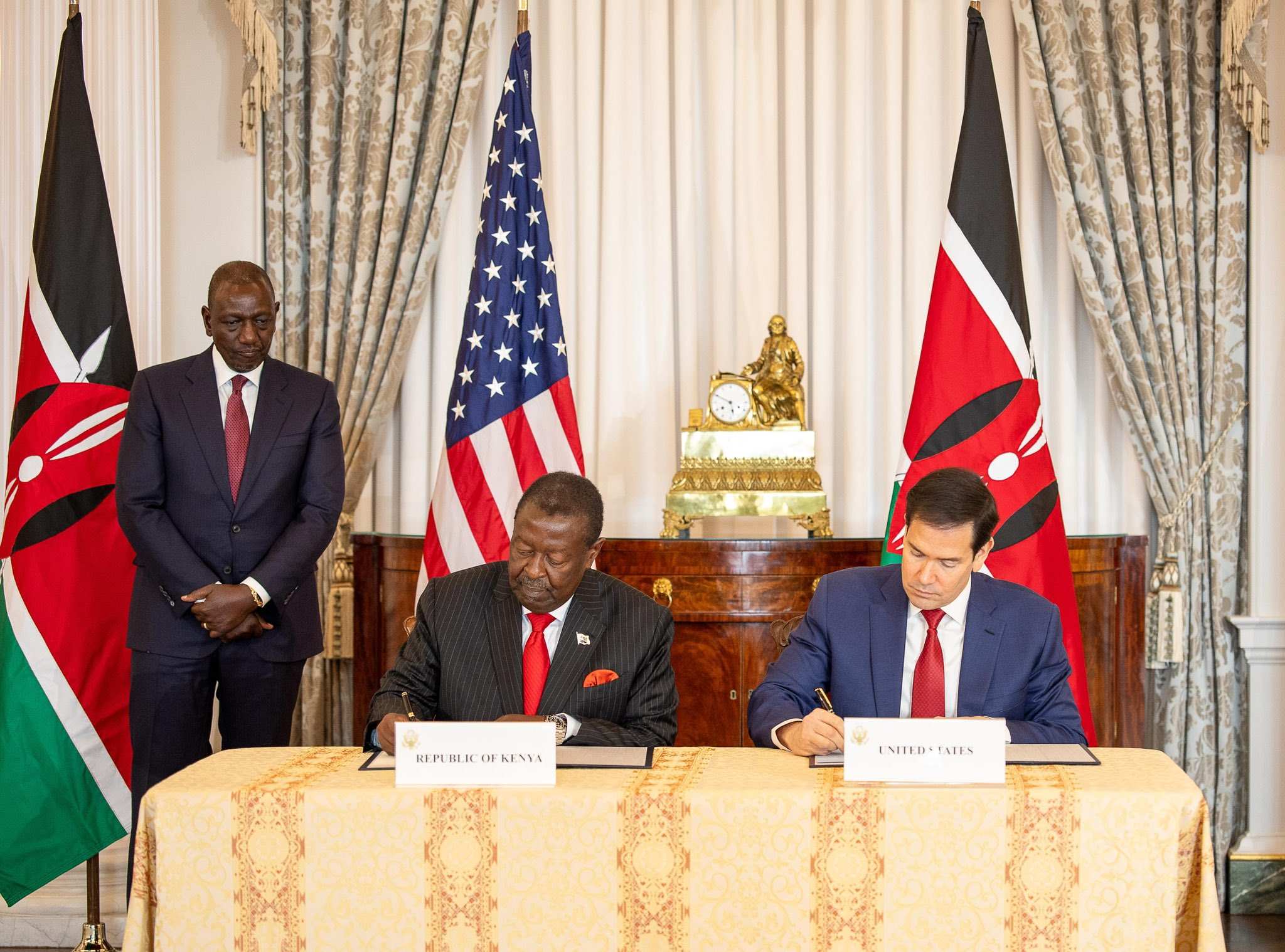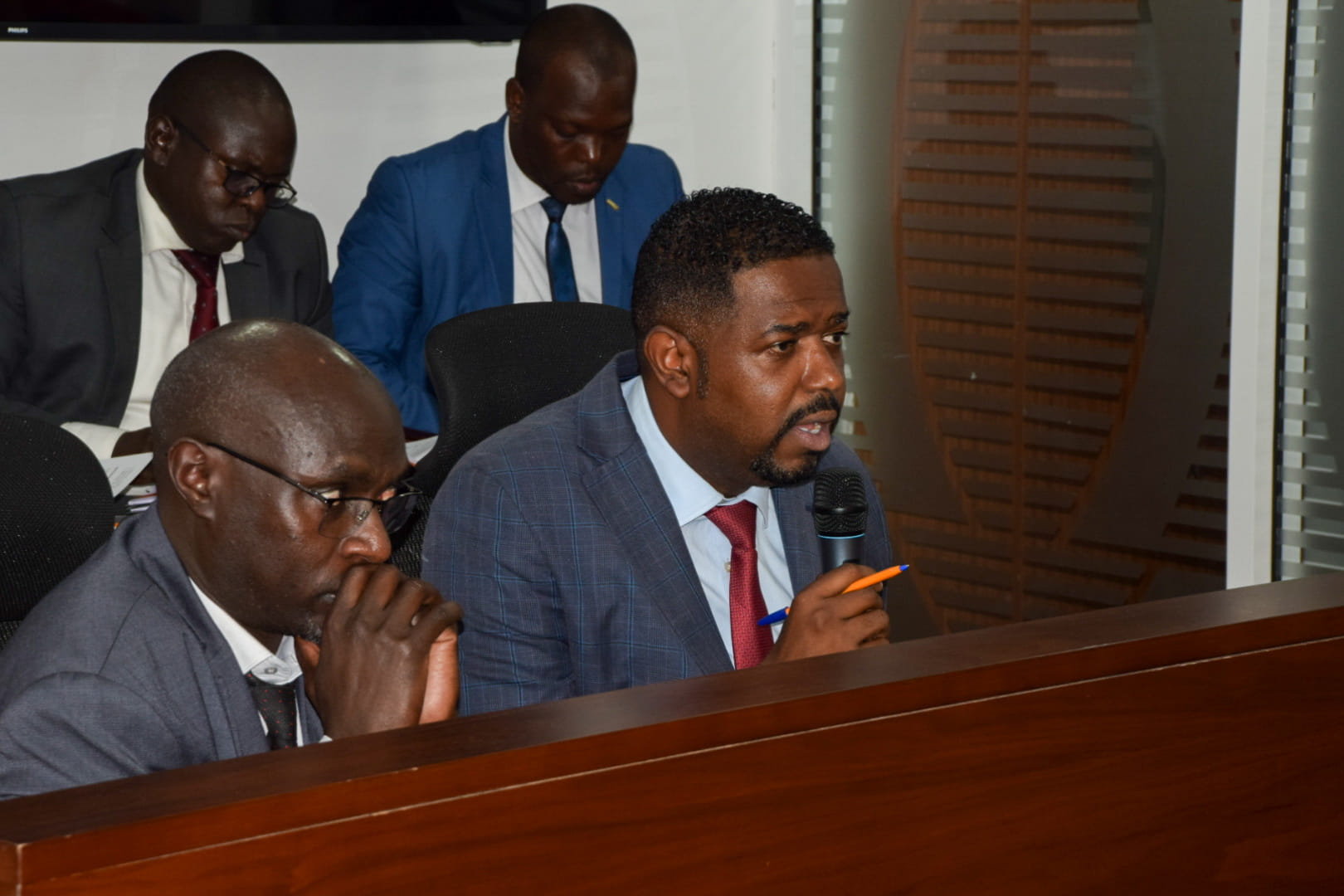Ethiopia launches first phase of Ogaden gas project, shifts focus to domestic energy use
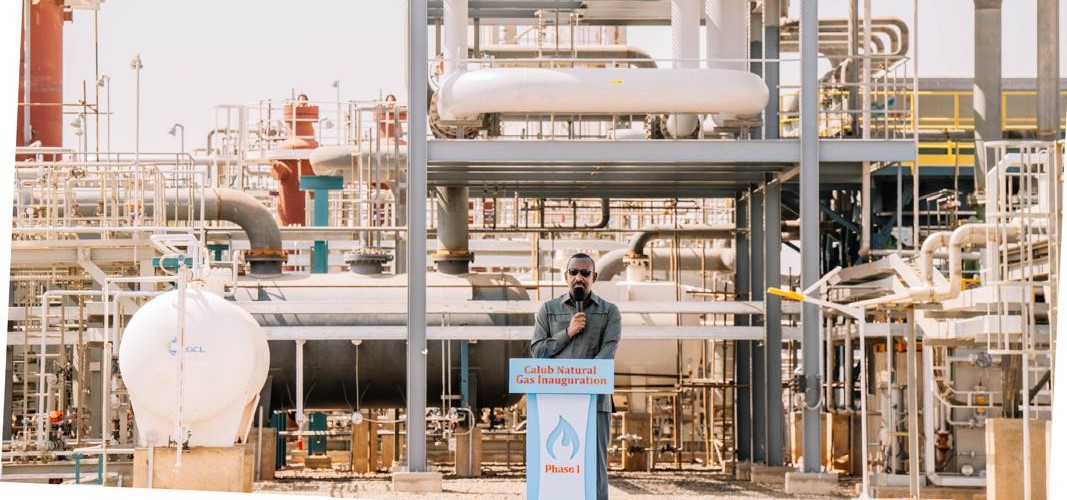
The new facility will produce about 111 million litres of LNG annually, with a second phase underway to increase output to roughly 1.3 billion litres per year.
Ethiopia has launched the first phase of its Ogaden Liquefied Natural Gas (LNG) project, marking a major shift in national energy policy toward prioritising domestic consumption over exports.
The launch ceremony, held in Calub within the Ogaden Basin and presided over by Prime Minister Abiy Ahmed, underscored the government’s goal of using locally produced gas to power industries, farms, and the national electricity grid.
More To Read
- Ethiopia blasts Egypt for escalating hostile rhetoric and rejecting dialogue over Nile waters, GERD
- Faith under fire: How social media fuels rising attacks on religions, followers in Ethiopia
- Daua Dam, irrigation masterplan gain momentum after high-level talks in Nairobi
- Kenya steps up border checks as Ethiopia confirms outbreak of Marburg Virus Disease
- Technology of freedom, risk of violence: Digital divide facing women in post-war Tigray
- Cultural victory as Ethiopia recovers 12 artefacts taken to Germany in the 1920s
The new facility is designed to produce around 111 million litres of LNG annually. A second phase, already in progress, is expected to expand production to about 1.3 billion litres per year.
Officials said that once fully operational, the complex could supply up to 1,000 megawatts of power to the national grid—supporting residential areas as well as high-demand sectors such as data centres, cryptocurrency operations, fertiliser production, and petrochemical manufacturing.
Prime Minister Abiy hailed the project as “a cornerstone of our economic independence — supporting agriculture, energy security, and technological advancement.” He said the development would help Ethiopia reduce reliance on imports and build internal industrial capacity.
Ethiopia’s energy strategy
Until recently, Ethiopia’s energy strategy focused on exporting gas via a 767-kilometre pipeline connecting the Calub and Hilala fields to an export terminal in Djibouti. However, by mid-2025, the government scrapped the plan due to financing challenges and a strategic pivot toward domestic use.
The new direction aligns with Ethiopia’s Homegrown Economic Reform agenda, which emphasises import substitution, local production, and industrial growth. The Ogaden LNG facility is now a central part of this plan—supplying gas for fertiliser production, petrochemical processing, and electricity generation.
The project is part of a $10 billion investment package targeting the Somali Region, which also includes expanded electricity transmission, transport corridor upgrades, and industrial hub development—meant to integrate the historically marginalised region into the broader national economy.
Although the Calub and Hilala gas fields were first discovered in the 1970s, commercial progress had long been stalled by poor infrastructure and security concerns.
Production-sharing agreement
In 2013, Ethiopia signed a production-sharing agreement with the Chinese joint venture Poly-GCL to develop the fields. While exploratory drilling revealed significant gas reserves, the envisioned export infrastructure never materialised due to cost overruns and implementation delays.
Analysts say Ethiopia’s new focus on domestic utilisation reflects a bid to stabilise its energy future, reduce exposure to volatile global gas markets, and boost local industry. The shift also fits within a broader push for self-reliance and economic diversification.
Regional leaders in the Somali Region have welcomed the project, calling it a transformative step likely to create jobs, attract investment, and improve infrastructure in previously neglected areas.
However, concerns persist over limited transparency around project financing, environmental safeguards, and production targets. Some experts caution that without stronger public accountability, the project’s full potential may not be realised.
Security also remains a challenge in the Ogaden, a region once affected by insurgencies. Observers stress that maintaining safety and community engagement will be crucial as operations expand.
In parallel, the government has unveiled related energy initiatives. One is a $2.5 billion refinery in Godey, to be developed with Chinese firm Golden Concord Group (GCL), which will process crude oil and condensate from the Hilala field for local fuel and petrochemical supply.
Additionally, Ethiopia is partnering with the Dangote Group to build a urea fertiliser plant that will convert LNG feedstock into agricultural inputs—furthering the government’s vision of energy-driven industrial transformation.
Top Stories Today
